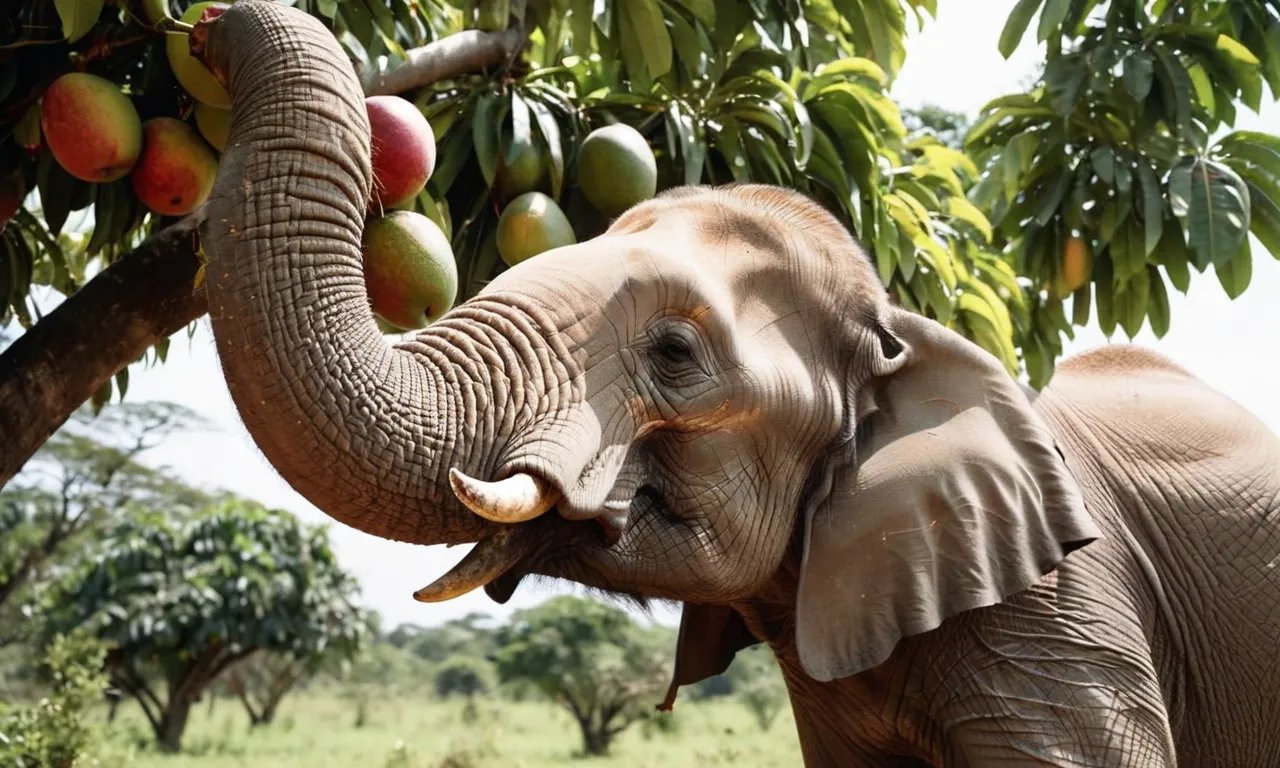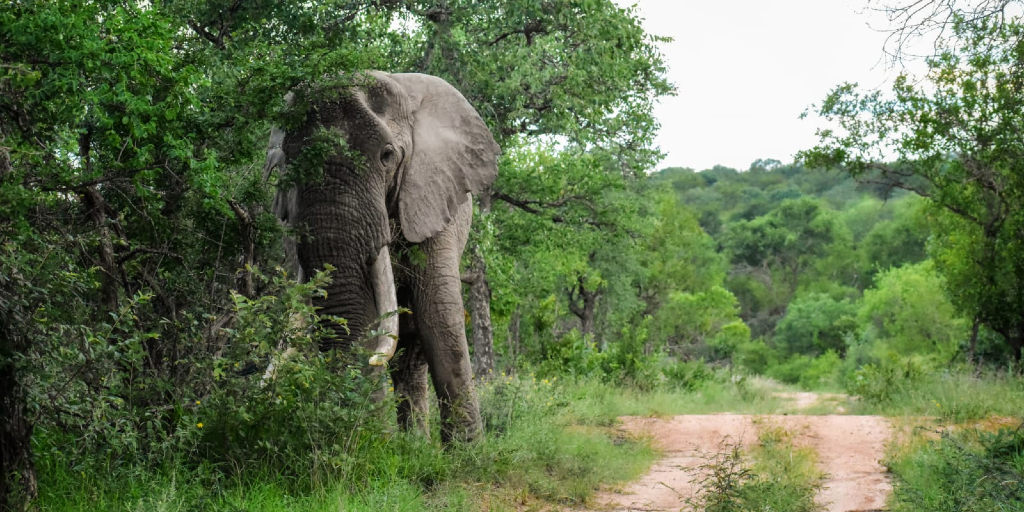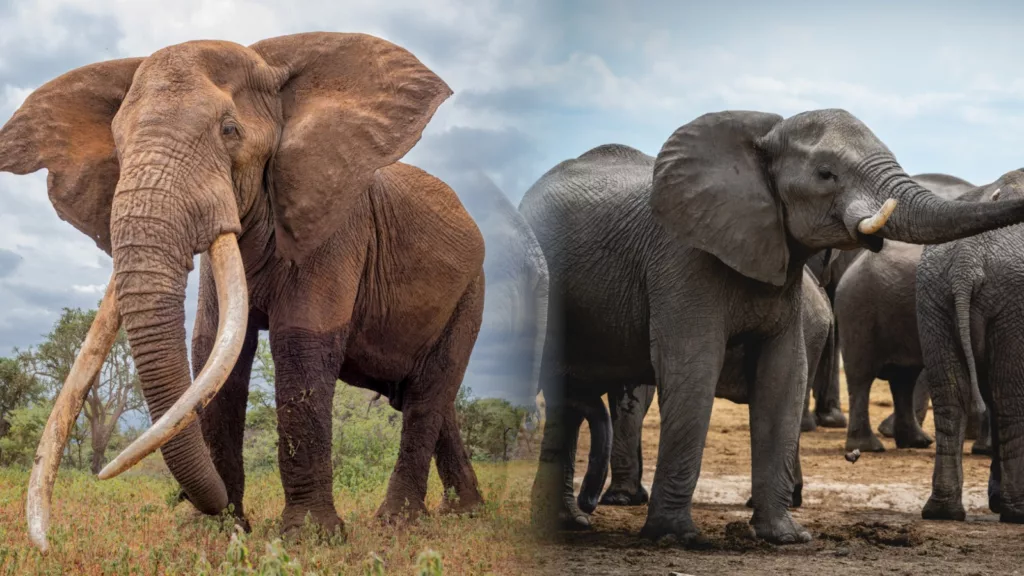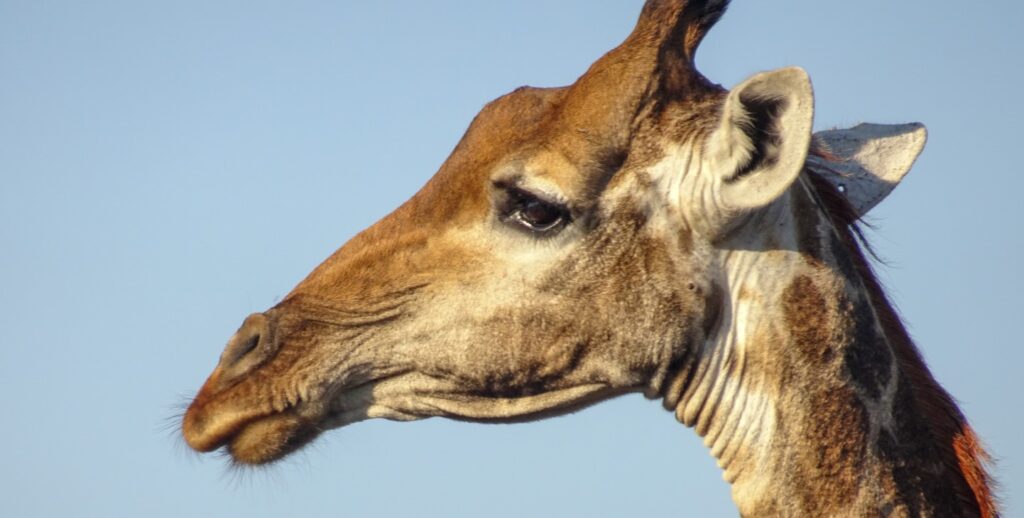The term “largest land animal familiarly” often brings a specific image to mind. For many people, it’s the towering, gentle giant known as the elephant. Elephants are not only fascinating because of their size but also because of their intelligence and social nature.
In this blog, we’ll explore why elephants hold the title of the “largest land animal familiarly” recognized across the world. From their massive size to their unique habits, elephants are an exciting animal to learn about. Let’s dive into some amazing facts about these incredible creatures and understand why they are beloved around the globe.
What Makes Elephants the Largest Land Animal Familiarly Known?
Elephants are easily recognized as the largest land animal familiarly known worldwide. Adult elephants can weigh up to 12,000 pounds, which is as heavy as a school bus! Their height can reach up to 13 feet, making them stand taller than most other animals in the wild. These massive sizes help protect elephants from many predators, as only the biggest animals in nature could even think of challenging them.
Their large ears and trunk also add to their unique size. The trunk, which acts as both a nose and a tool, is essential for elephants to eat, drink, and communicate. Elephants’ size is not just for show—it helps them in various ways, from gathering food to defending their herds.
How Elephants Use Their Size for Survival and Protection
Elephants rely on their massive size for survival. With their tough skin and sheer size, elephants can easily protect themselves from threats in the wild. Large tusks, which are found on many adult elephants, serve as natural tools and weapons. Elephants use these tusks to dig for water, lift heavy objects, and protect themselves.
Their size also allows elephants to care for their herds effectively. A family of elephants is close-knit, and their massive size helps them guard their young and old members. Adult elephants will form a circle around their young when they sense danger, creating a strong wall of protection.
What Do Elephants Eat to Maintain Their Massive Size?

Elephants need to eat a lot to maintain their size, often spending up to 16 hours a day feeding! Their diet mainly consists of grasses, fruits, leaves, and bark. With such a large appetite, an elephant can eat over 300 pounds of food daily. This is the same weight as a small motorcycle!
Water is also vital for elephants. They can drink up to 50 gallons of water a day. During dry seasons, elephants will use their strong trunks and tusks to dig for water, ensuring they have enough to drink even when sources are limited. This incredible diet keeps them strong and energetic throughout the day.
Amazing Facts About Elephants’ Strength and Intelligence
Elephants are known for being both strong and smart. Their memory is impressive—they can remember other elephants, humans, and even paths to water sources. Studies have shown that elephants recognize themselves in mirrors, a sign of high intelligence in animals.
They also use their trunks in clever ways, from picking up small items to spraying water on themselves. Elephants show emotions like happiness, sadness, and even mourning. If an elephant in their herd passes away, they will touch and stay close to the body, displaying a bond that shows their intelligence and sensitivity.
The Role of Elephants in Their Ecosystem and Why Size Helps

Elephants, the largest land animal familiarly known, play an essential role in their ecosystem. They are considered “ecosystem engineers” because their activities shape the environment. By knocking down trees to feed on leaves and bark, elephants help create clearings that benefit other animals in the forest.
Elephants also spread seeds through their droppings, which helps new plants grow across large areas. This seed-spreading process keeps the forests healthy and provides food for other species. As elephants roam large distances, they support both plant and animal life in their environment.
Subheading: How Elephants Protect Their Environment
- Creating Paths: Elephants often create pathways in the forests, which other animals use for travel.
- Providing Water Sources: By digging in dry riverbeds, elephants find water that benefits other animals nearby.
- Planting Seeds: Elephants’ dung contains seeds, helping plants grow and giving life to the forests.
Why Are Elephants Known as Gentle Giants?

Elephants are often called “gentle giants” because, despite their massive size, they are calm and gentle animals. Elephants rarely attack unless they feel threatened or need to protect their herd. These gentle creatures prefer to roam peacefully, looking for food and water. They are known for their patience, even when they encounter other animals.
One reason elephants are seen as gentle is because of their social nature. Elephants live in herds led by an older female, known as the matriarch. This family structure helps young elephants learn how to live and survive. They are taught to be cautious, careful, and kind by following the examples of older members. When baby elephants stumble or fall, other elephants in the herd will lift them back up with their trunks. This teamwork and care show why they are known as gentle giants.
Elephants also have strong emotions, similar to humans. They can feel happiness, sadness, and grief. For example, when a family member passes away, elephants often gather around to mourn the loss. They may stay with the body for hours, touching it gently with their trunks, as if saying goodbye. This emotional depth is one reason why people feel connected to elephants.
Conclusion
Elephants, the largest land animal familiarly known around the world, are not only big but also gentle and intelligent. They play a huge role in nature, helping other animals and plants grow by creating paths, digging for water, and spreading seeds. These “gentle giants” show us how animals can live together in families and protect each other.
Protecting elephants is important for our planet. They face challenges from habitat loss, poaching, and climate change, but many people are working to keep them safe. By learning about elephants and supporting efforts to protect them, we can help make sure they stay a part of our world for many years to come.
FAQs
Q: What is the largest land animal familiarly known?
A: The elephant is known as the largest land animal, familiar to people around the world for its massive size and gentle nature.
Q: How much food do elephants eat daily?
A: Elephants can eat over 300 pounds of food each day, including grasses, fruits, and leaves.
Q: Why are elephants called “gentle giants”?
A: Elephants are called “gentle giants” because, despite their size, they are calm, caring animals that rarely show aggression.
Q: How do elephants help the environment?
A: Elephants help by creating paths, digging for water, and spreading seeds through their droppings, which supports new plant growth.
Q: What are the main threats to elephants?
A: The biggest threats to elephants are habitat loss, poaching for ivory, and climate change, which makes it harder to find water.

